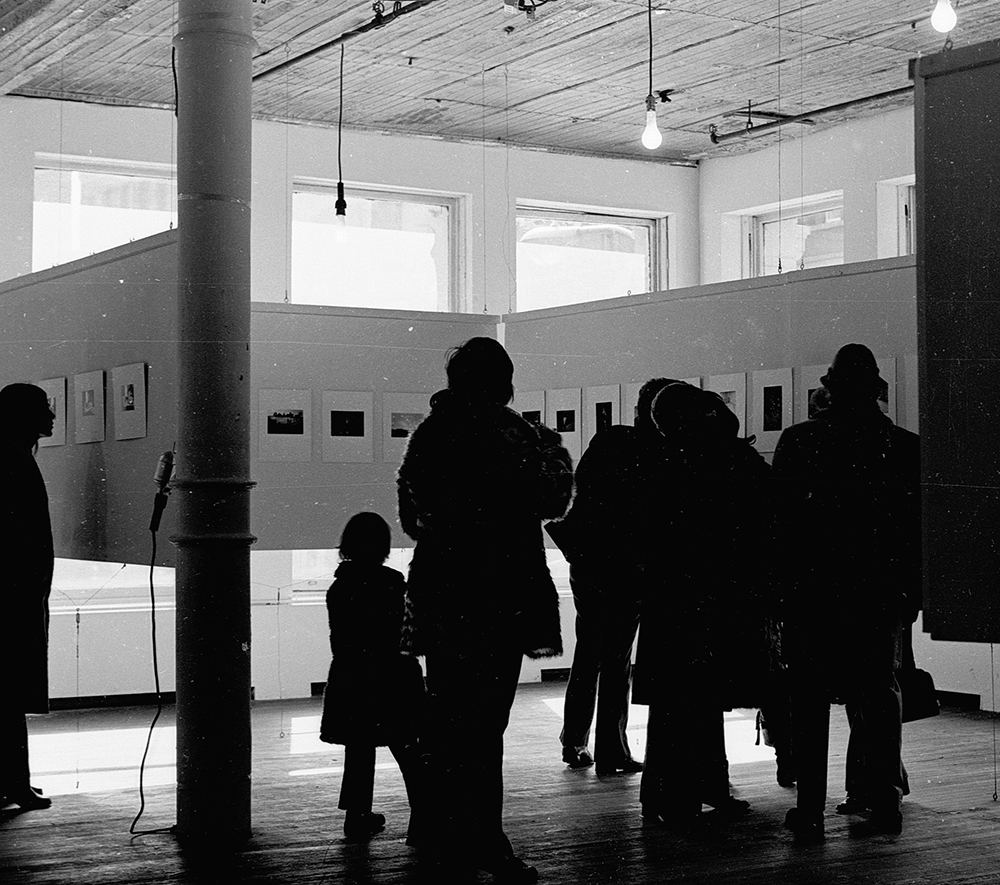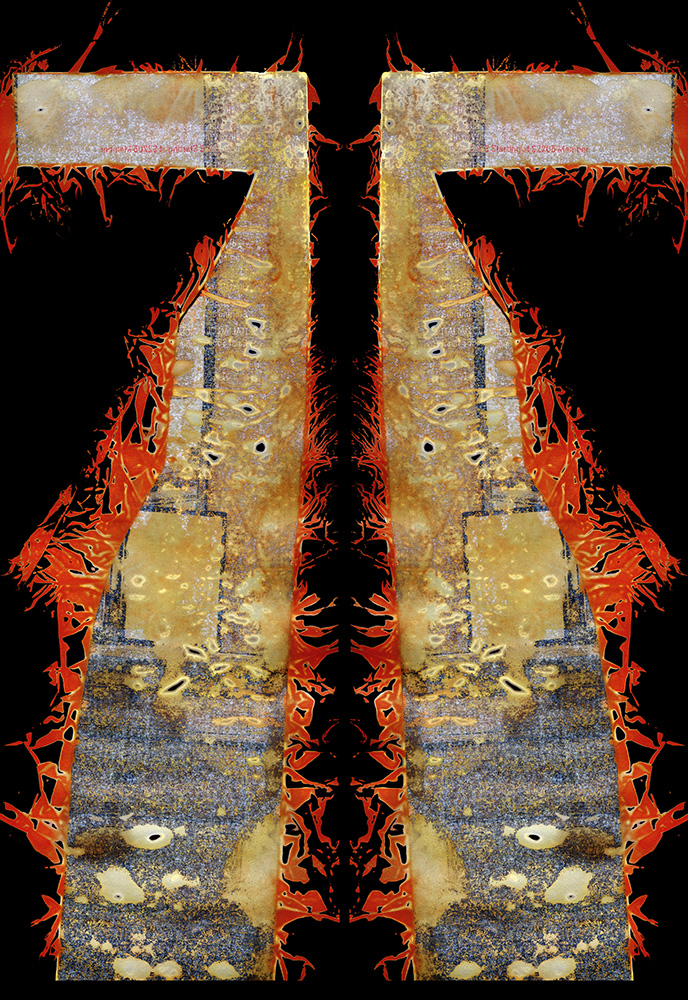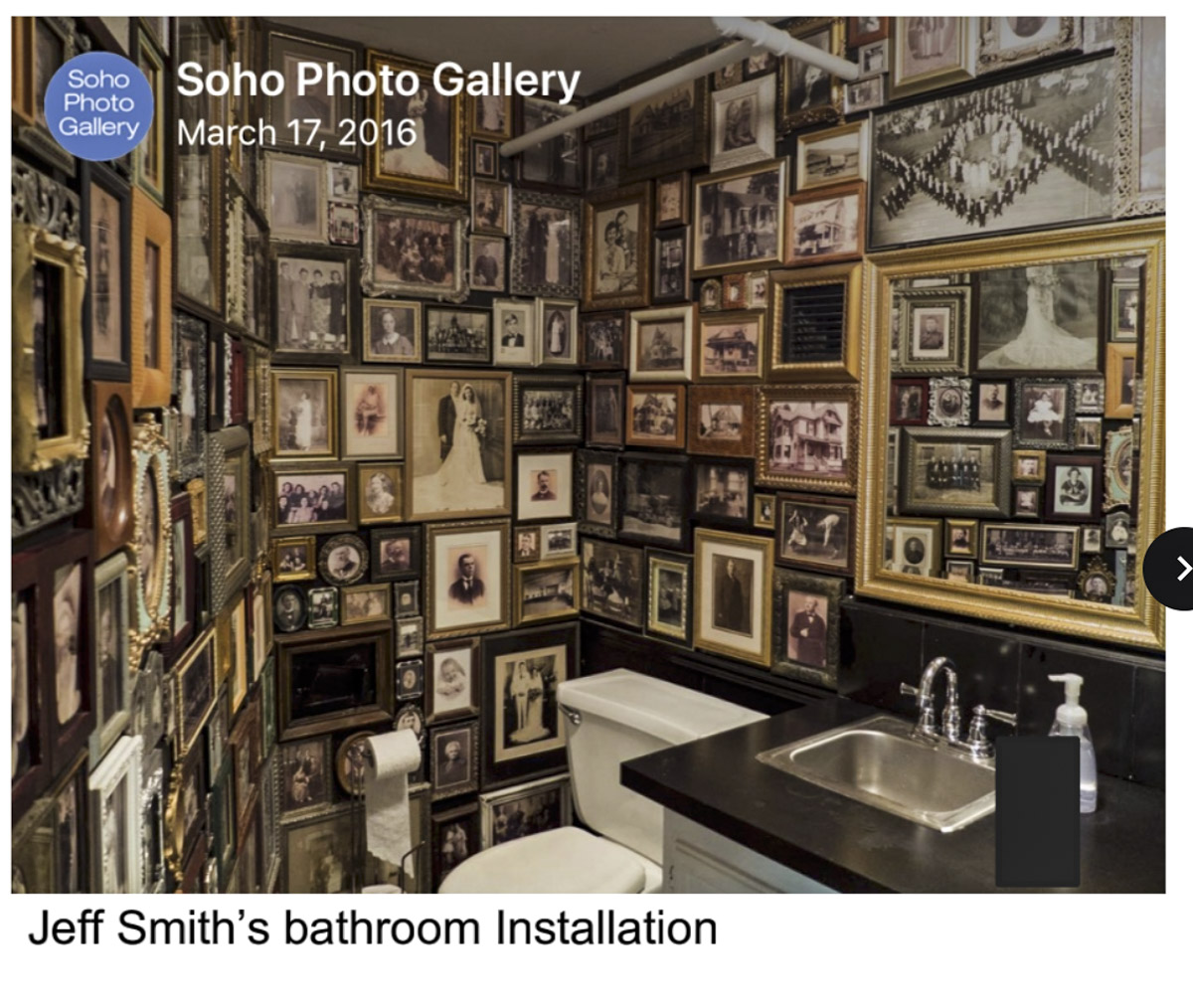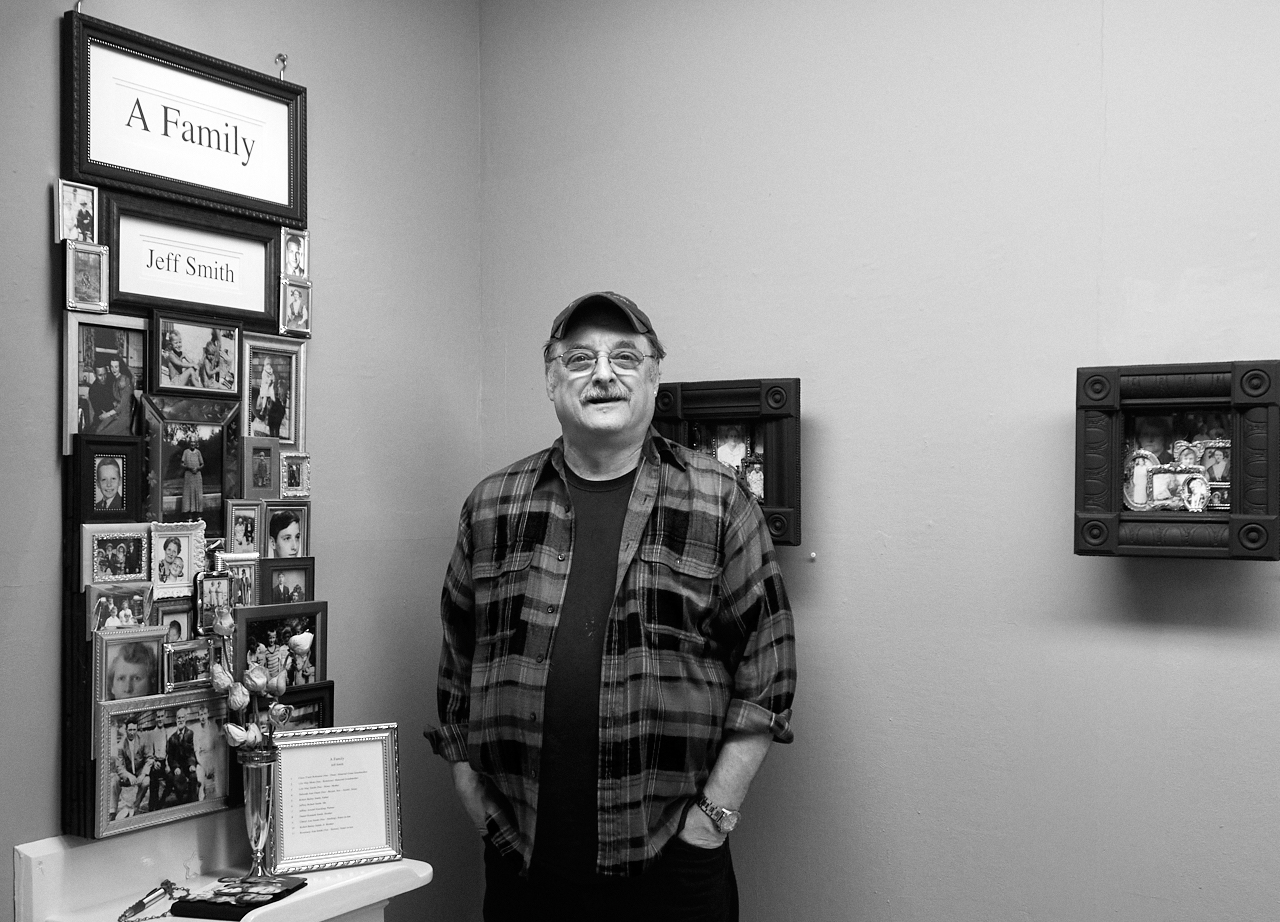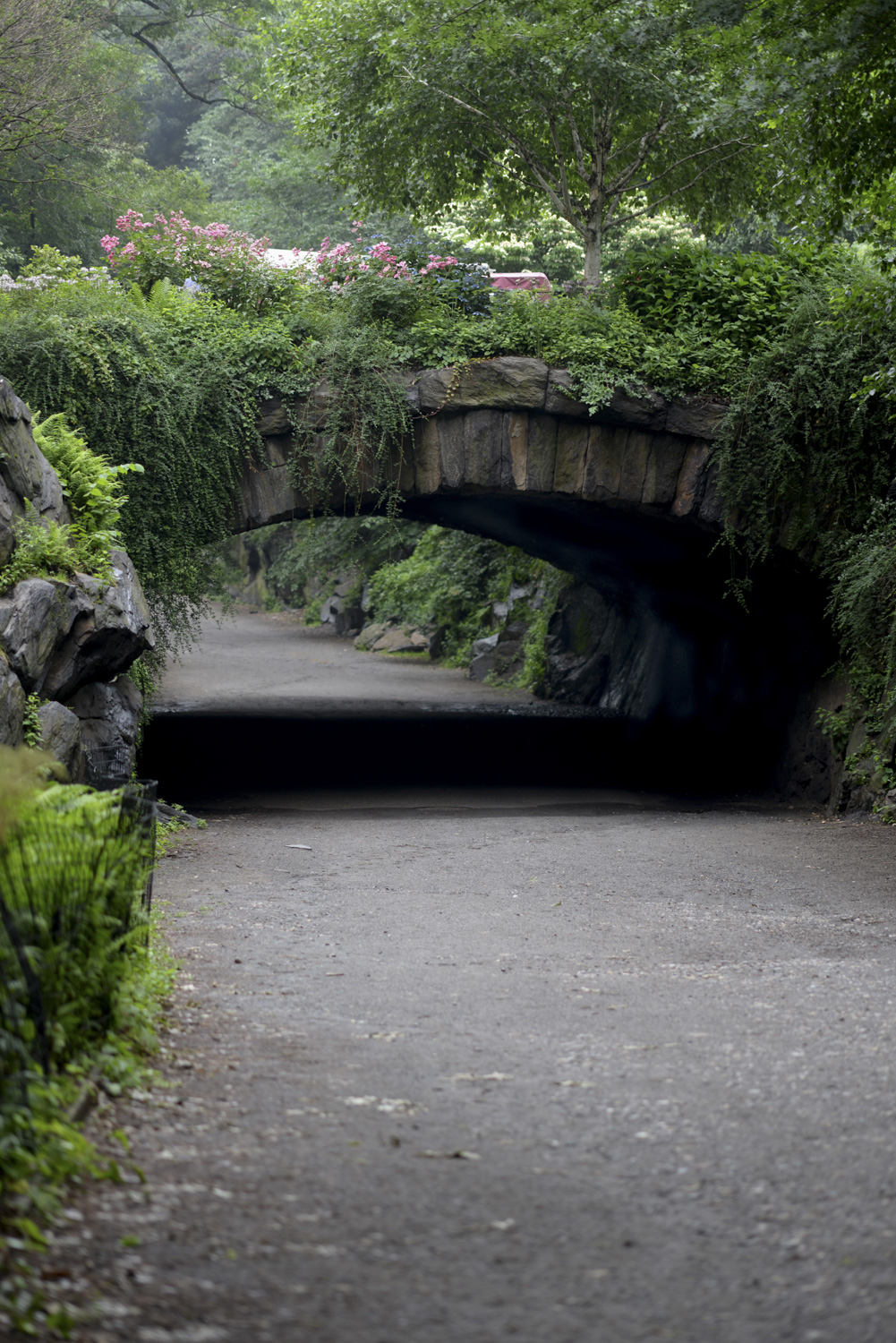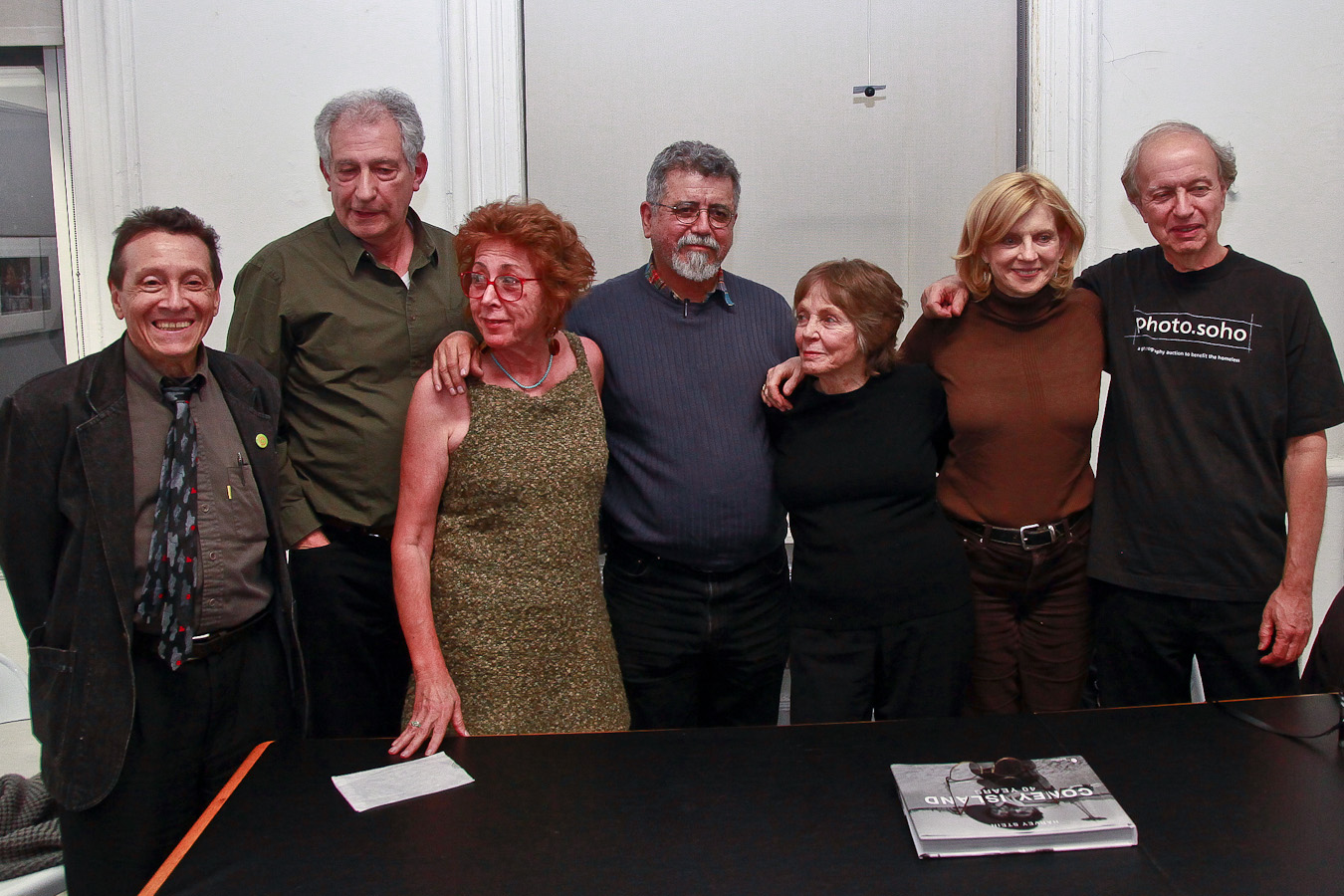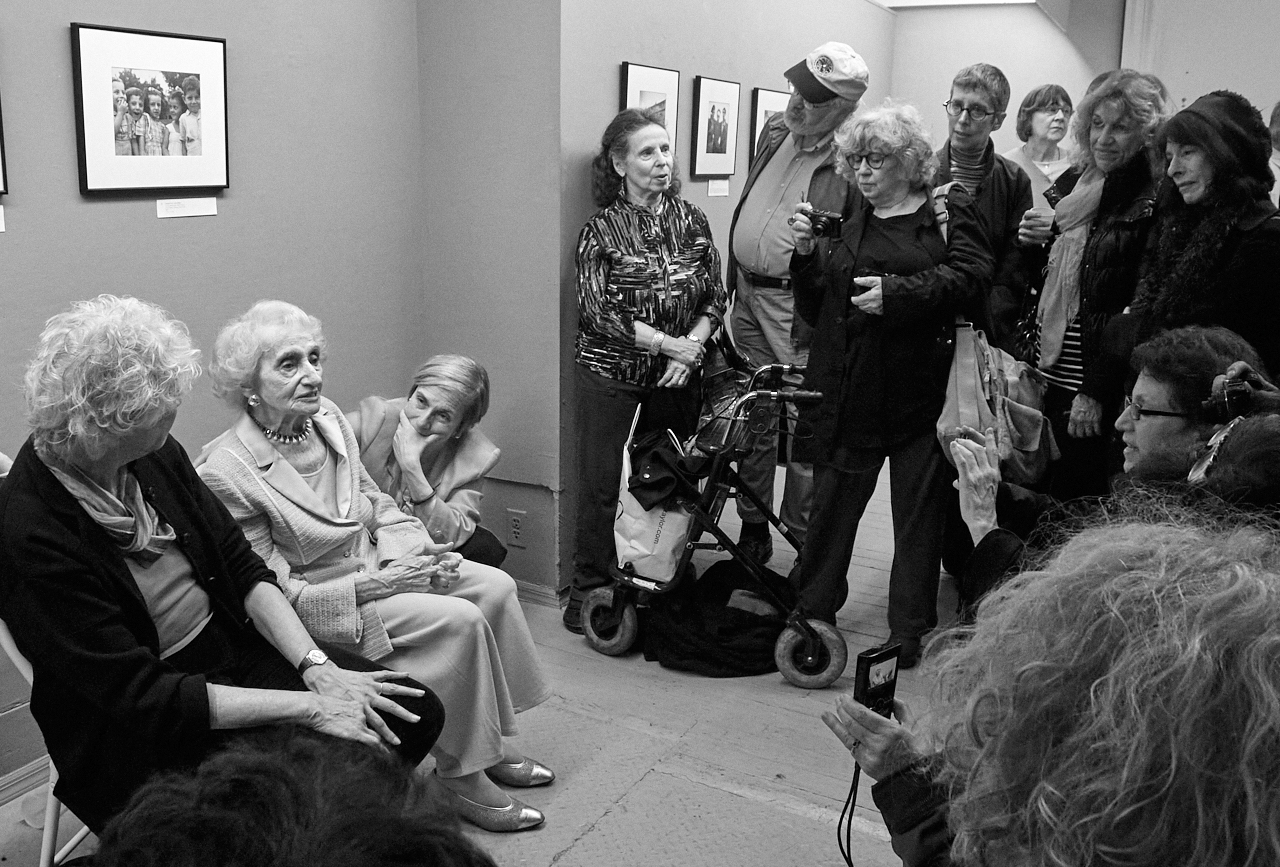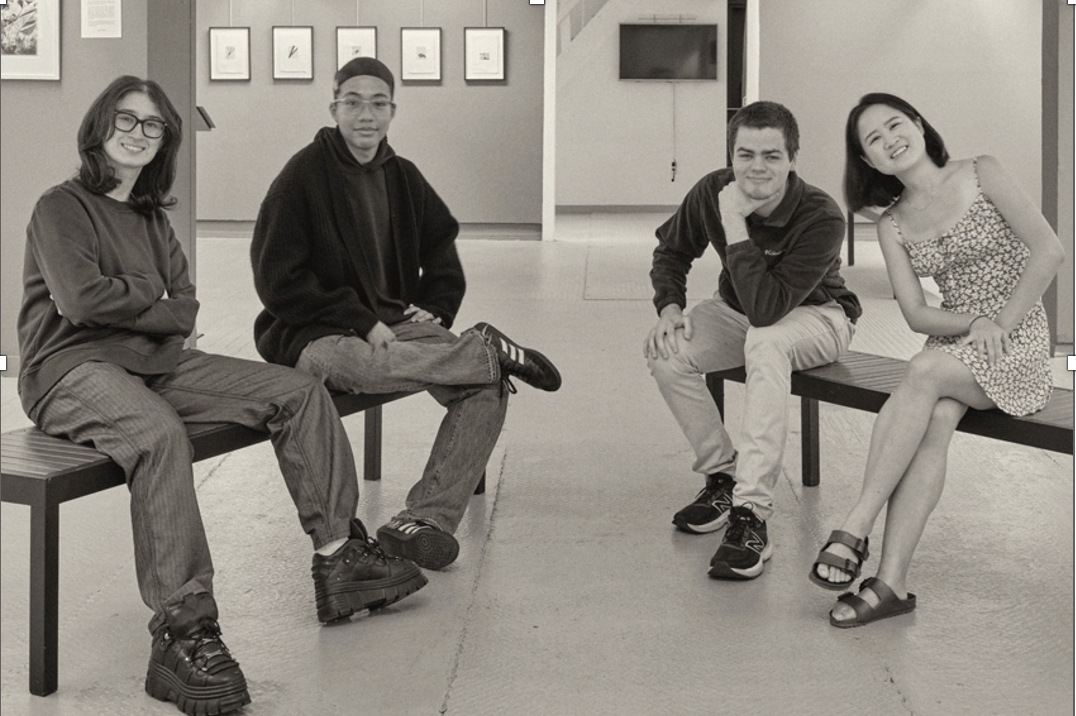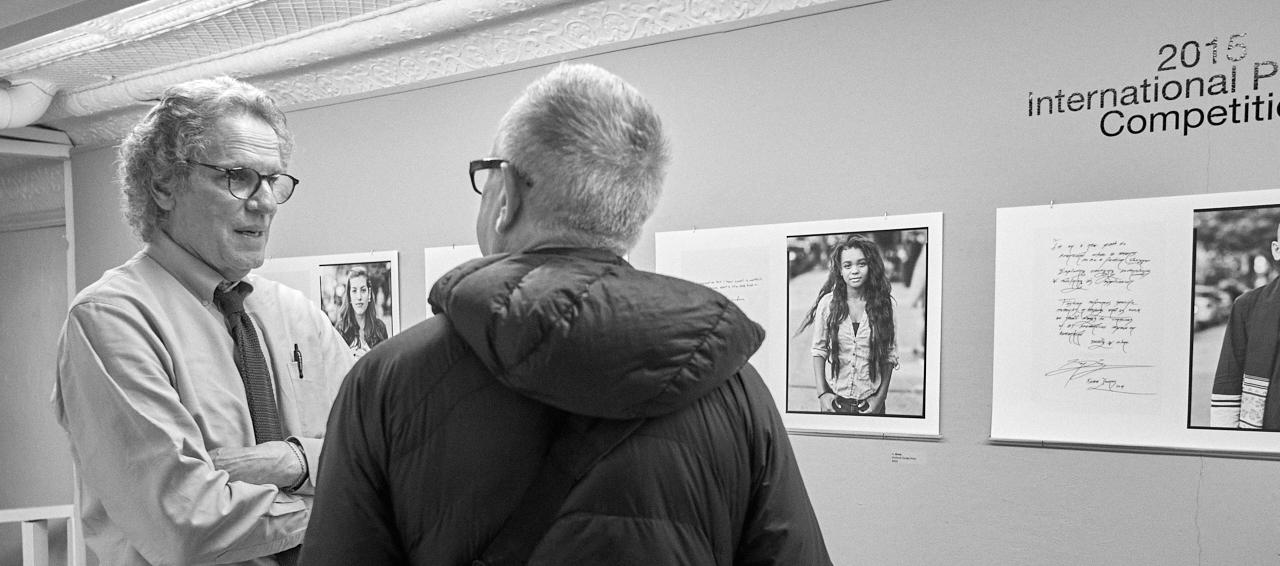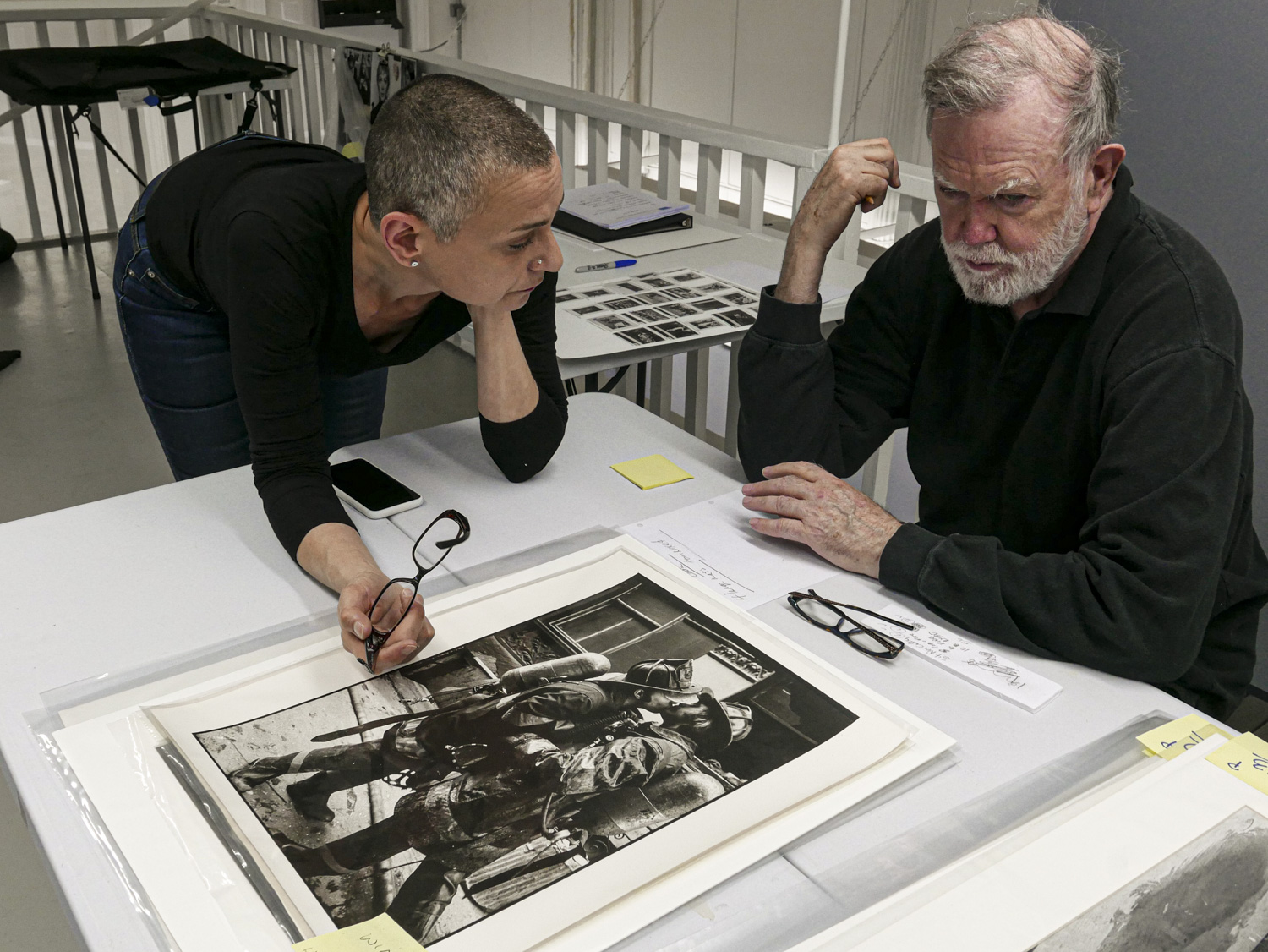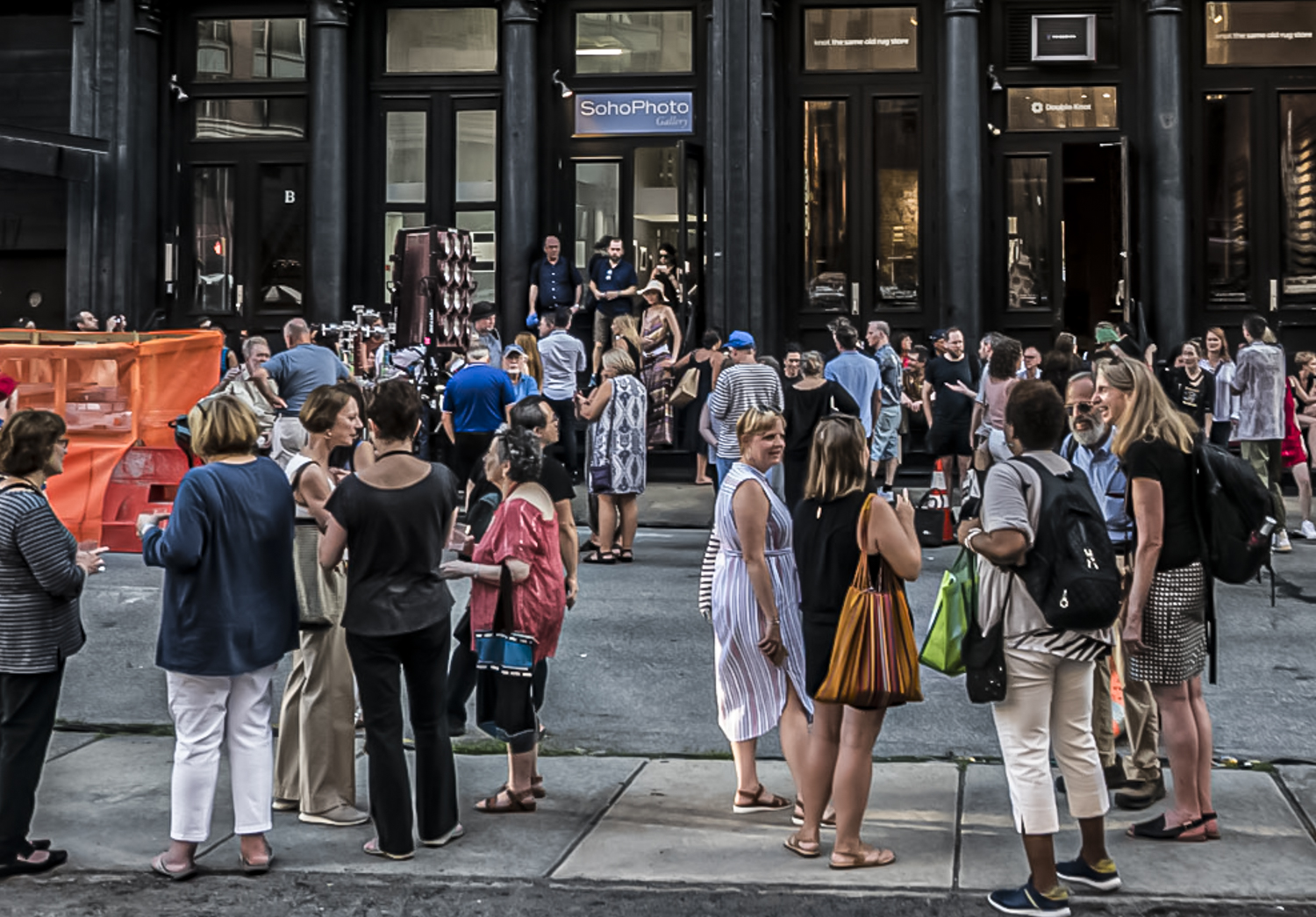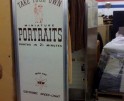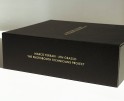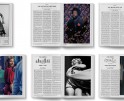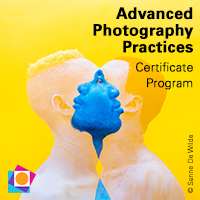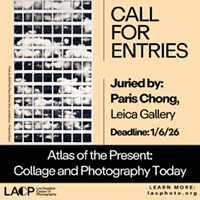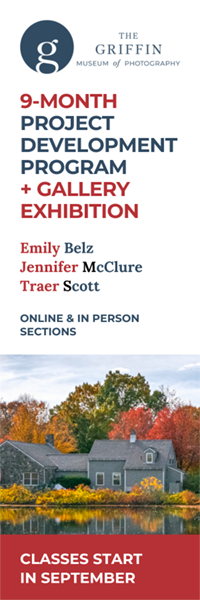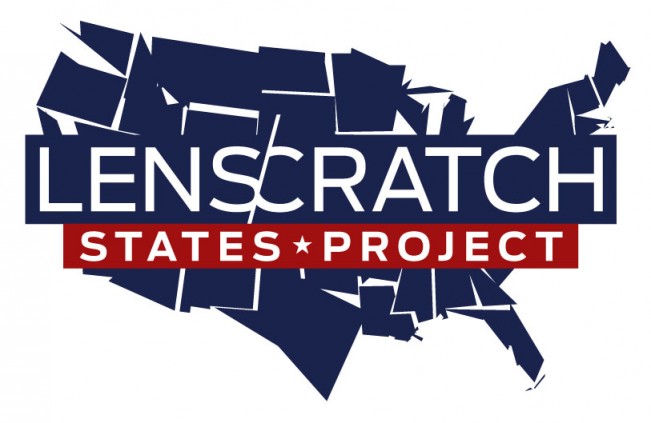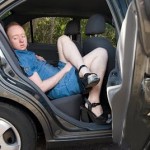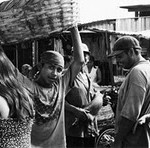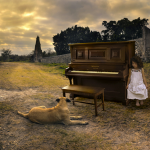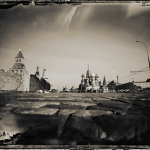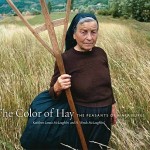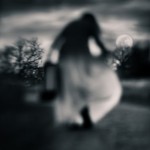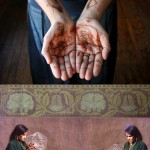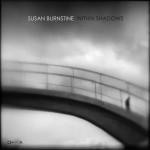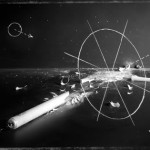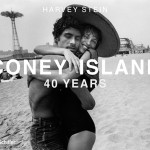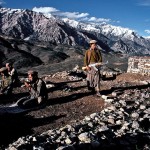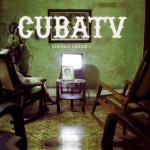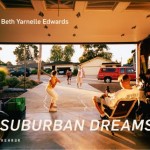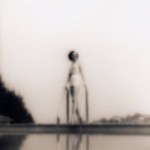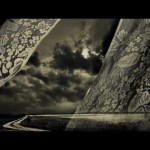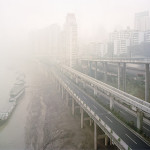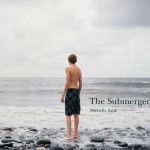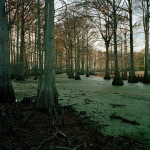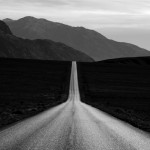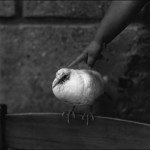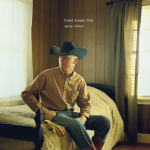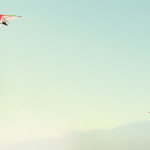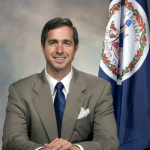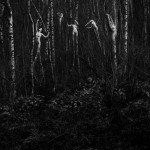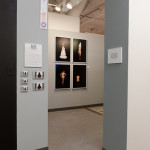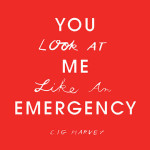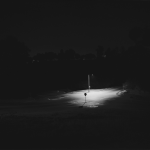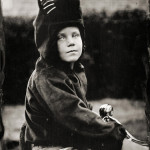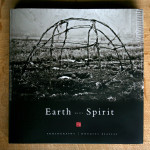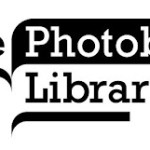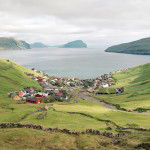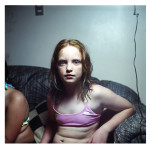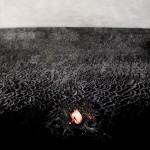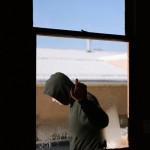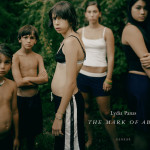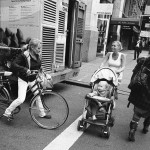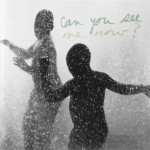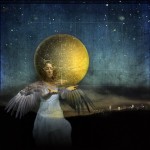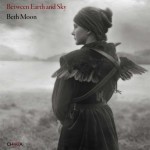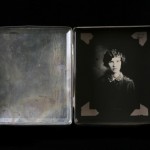Soho Photo Gallery: The Past and the Future
Today we celebrate an iconic photographic institution, the Soho Photo Gallery, that for almost six decades has created a space for community, for the celebration of photography, a place to learn and make the photographic journey more expansive. We also celebrate their new incarnation and location, as they move from Tribeca to the Chelsea Arts District in April, where many galleries hang their shingles. We will also sharing some history and interviews with members, old and new.
In 1971, Lee Romero and several other New York Times photographers discussed creating a new gallery. They believed there was a need in the photographic community for a cooperative gallery where serious photographers could exhibit their personal work and exchange ideas, learn and grow as artists. Their first location was at 143 Prince Street in Soho. The Gallery space had no bathroom or office, but plenty of wall space. Some members cleaned up the large second floor loft and created the Soho Photo Gallery.
Marty Rich interview
Q: How long have you been a member of the gallery?
I initially joined probably 1972 or 1973. Stayed for 12 years. Until my business was taking off and I got too busy, so I left for about 15 years.
I kept in touch with David Chalk (the President) and he called me back in 2000. I’ve been a member since 1973 with a 15 year pause.
Q: What factors do you think have helped the gallery survive all these years?
It was a true cooperative venture with the work usually done by a core group of very, very dedicated members, but other people participated. This is the solidarity that helped the gallery survive. When we needed to move, a team got put together and moved. The team built the second and then the third gallery spaces on West 13th St.
Now there are newer, younger members getting involved like Michael (Schenker) and Alan Chimacoff.
Q: So anything else you feel was a factor? Well, it’s a community, right?
People have different roles, different levels of interest, but they’re all committed to one thing – and that’s doing excellent photographs.
Q: How has the gallery helped you as a photographer?
Well, it made me think about photography much more than I would have. I joined the gallery when I was 28-years old. And I had been using cameras 20 years before that. When I was 8 or 10 years old, my grandfather gave me a cheap plastic camera that I used to take snapshots of family and that usual stuff. Then I ran into a cousin when I was in college. He took me to West 32nd St. where I learned about Peerless and Willoughby’s. I got hooked. He was doing developing and printing so I learned how to do B/W. And around my 13th birthday, I found out about 35 mm film. Then I got an Argus C-3 camera. That was really a turning point. When I started architectural school, I relied on the camera for anything that I could figure out.
Then I read about Soho Photo in the Sunday New York Times around 1973. I said to myself I should show my work. So, they told me to come down on Tuesdays, I went to the gallery on Prince Street and showed my portfolio to George Alpert who was the director. He looked through my portfolio, and said, “They’re good pictures” and I became a member. (Alpert was the king of the place, he really made it work.)
I started to realize how important it was to get the feedback of people who know what they’re talking about. I knew about cameras for 20 years, but didn’t know about photography. I got interested. Then what really motivated me was seeing the Family of Man exhibition at MoMA. And that was striking. So, I got the notion that I can take different kinds of pictures.
André Kertesz, who was among the Gallery’s regular visitors, said, “What Soho Photo is doing is more important than Stieglitz’s work to promote photography in his day and in his gallery.”
December 1976
Guest speaker: Cornell Capa, brother of Robert Capa, and founder of ICP. He was a friend and supporter of Soho Photo Gallery.
January 1980
Gala opening of Soho Photo Gallery at 15 White Street. Speakers for January 6th opening included Cornell Capa, Eugene Richards, and Arnold Newman. We have an on-going speaker series to this day, which included Duane Michals (in photo below)
June 1990
Gallery hosts second annual exhibition of student work from Brooklyn’s Abraham Lincoln High School’s photography program. Howard Wallach, Gallery member and photography teacher at Lincoln, presented student winners in Contest Worth Winning at the Gallery for over 10 years.
September 1991
Sandy Carrion created The Krappy Kamera Competition, a show featuring plastic cameras. The first KK show, for members only, opened in 1992, but evolved into an important international competition for the Gallery and the most famous show of its kind.
Sandy Carrion, member 38 years
Q: When did you become a member?
I joined in 1987.
Q: And you’ve been a member ever since?
Yes
Q: How did you find out about the gallery?
I was taking a workshop in Maine, and one of the people in the class said “why don’t you come to Soho Photo? I’m a member there.” I brought in a portfolio I’d been working on and I got into the gallery.
Q: What do you think caused the survival of the gallery over the last 53 years?
It’s the people. It’s been the people since I’ve been a member. It’s been up and down with we’re running out of money, the rent is going up, yada-yada. What are we going to do? And then everybody kind of pitches in and does what has to be done. Like what’s going on right now with the move. It was just a valiant effort by those people that got the whole thing rolling and going. So yeah, it’s just been the people who are dedicated to it and they come and go. It’s not even that, you know, there’s only a few of us like you (Norm) and me and Joel Morgovsky and maybe Leslie. People who have been around for a long time just kind of want to see it succeed. So that’s it I think. That’s the main thrust of it that keeps it moving.
Q: What do you think about the community?
Well, it’s a photography community, The common interest that we all have, and the love of photography. And it’s a good place to kind of test things out and try something new. There’s so many opportunities for you to get together with people either privately or at a salon or at a portfolio review or one of the special events. It’s something that you’re free to explore without the fear (because) it’s a very supportive community.
There’s something for everybody. You look at the array, the types of photography, portraits, landscapes, the experimental, all sorts of things that show, there’s something for everybody.
Q: And Krappy Kamera, of course, is your baby. Do you think that was possible because of the gallery.
Absolutely, That couldn’t have been done anywhere else. That was born right there at the gallery. I was at a reception with a couple of other photographers and then we rolled out the name, Krappy Kamera, and it was put into motion and it stuck.
It had just started as a small group show for our members, turned into a national competition and then an international competition. And I never wanted to do any of that. I never wanted it to go any further than like, let’s just do it for ourselves. And, you know, people were hounding me like, I’m in California and I want to do it, that type of thing. And you know, they were right. There was a need for this. At the time that there was nothing else like it, Now it’s being copied a lot.
Even with people outside of this whole thing, they’re very supportive because it’s so unique, it’s so different. It’s just this kind of low-tech approach to a high-tech industry where you don’t need a million dollar’s worth of stuff to make good pictures. You make your pictures with what you have. And the members keep bringing it back and keeping it alive. The competitions also attract new members.
March 1998
The Gallery presented its first photography group exhibition using digital cameras.
November 2004
The Alternative Processes Competition began, and has grown more and more popular,
featuring creative processes like ambrotype, cyanotype, Van Dyke brown, and platinum/palladium prints.
March 2008
What began as “Conversations with Photographers” morphed into a monthly Salon where members can get feedback on their work-in- progress.
January 2009
Gallery member Jeff Smith created The Family Project, his much-admired permanent installation in the gallery’s bathroom. After Smith died in March 2016, the gallery held a Celebration of his life.
John Custodio, member 31 years
Q: So how long have you been a member of the gallery, John?
I joined the gallery in 1994. So figure, what is that, 30 years?
I remember going to the gallery way back in 1988. My friend Edith was into photography, and I had done photography. I majored in School of Visual Arts, in the 70s. But I dropped it for a while, when I started doing video editing. So I got back into it in 1988.
I went to Soho Photo Gallery, a place I had never even heard of at that time. And I remember walking in and the floor creaking. I figured, well, I’m starting back in photography, I’m going to, you know, put together a portfolio. Well, six years later, I applied for membership.
Q: And this was back in the analog days, right?
Oh, yeah. At that point, I was doing color photography. I shot color negative and made color prints in the darkroom. I had my first exhibit in 1994 – color panoramas of the Southwest.
Q: So you were doing road trips back then? I know you go on these road trips across the country, sometimes for several weeks at a time.
Oh yeah, yeah. I started doing that in the early ‘90s.
Q: What changes have you seen with Soho Photo over the years?
The biggest change has been an tremendous increase in our profile in the community. It’s the biggest change.
Back then it was a just photo gallery and we didn’t have much publicity. I think our reputation was not what it’s like today. In 1994, when I joined, the gallery had already been in existence for 23 years. As time went on, we’ve done more publicly, increased our outreach to the community and created more programs and competitions, open to the public.
Our reputation has increased due to our longevity plus all the things that we’ve been doing – the speaker series and portfolio reviews, for example. Right. A lot more people know about us now.
Q: So why do you think the gallery’s been around for so long?
Well, initially I was thinking, it’s because of affordable rent. We were probably one of the first galleries to open in Tribeca in 1980 when the neighborhood was nothing.
Initially, I thought that because, you know, no matter how good the gallery is, no matter the efforts of, you know, the members to keep the gallery running, if you can’t pay the rent, you’re toast.
But I was thinking that, given our current situation where we could not afford the rent and had to move, but due to the efforts of our members, we solved that problem. Had we not had the expertise and the ability to go and find a new place, we would have been in trouble. We would’ve been gone.
Q: Would you agree that the work has improved tremendously over the years?
Oh, yes, definitely. We also have a very diverse range of work.
Q: Where you see the gallery in the next five years or so?
It’s going to be great. I mean, especially with the new space, I think we’ll get a lot more people coming to the gallery. That may also mean more sales. But it’s also about improving our profile to the outside world. The space on White St. is sort of funky, with creaky floors… I think the new space is just going to look much better – more modern, comfortable, cleaner.
Q: How about the improvements to your own work?
Oh, as far as improvement in my photography or what the gallery means to me – getting feedback on my work from other members, seeing what other work other members are doing, getting ideas for photographs and projects.
And also non-photographically, I’m doing a lot of stuff! And that’s sort of interesting kind of work like lighting design, helping with the build-out of the space, and things like that. it keeps me engaged, it keeps me interested, it makes me think about how should we do this, or if this is a good idea, or if that’s a good idea.
December 2009
The entire gallery was dedicated to “Celebrating Central Park” on the 150th anniversary of Olmsted’s and Vaux’s “Greensward Plan” for the park’s design. Guest exhibitor: Sara Cedar Miller, official photographer for the Central Park Conservancy.
Paul Stetzer, member 24 years
Q:When did you join the Gallery?
I’ve been a member since 2001… walking on White Street, I saw the sign and walked in and saw it was a photo gallery
Q: Why do you think the Gallery survived for 53 years?
I think it’s been around for a long time for several reasons. Probably the one of the most important is the size of the group, which means perforce that there are some very dedicated people. For a long time we’ve had between somewhere between 100 and 120 members and in that group, as in almost any volunteer group If 20% are pretty active, it’s going to be a very successful group. So, I think that’s part of it.
To me, another important part is the sense of community. People lookout for one another and for the institution. There are times when we fall short of that, and that’s unfortunate, but most of the time there’s a real sense of community.
I remember that Larry talked about a survey that was done years and years ago and people were asked what was important. Was it sales? Was it being able to have your work on the wall? Was it this, was it that? And overwhelmingly the response was the sense of community. And we noticed we missed that during COVID. We had that once a week or once a month lunchtime Zoom event, but we clearly missed the in- person members meetings.
Q:How about the gallery rent?
You know, we’ve been lucky in that, Yeah, that’s part of it too. We came to a place that’s now really hot. That neighborhood then wasn’t so hot when we when we arrived. I suspect it was a pretty crummy neighborhood and we got really lucky. Whoever discovered 15 White Street discovered a building that was inhabited by artists and I think there’s even a sort of legal designation of a building in New York City that have to do with artists.
Q: How do you think the gallery has benefited your photography?
It’s benefited me immensely. With critiques, with support. Probably the most important aspect for me and my growth as a photographer in the gallery has been to see different ways that people use cameras and different ways that people make presentations.
One of the criticisms of our gallery has been that we aren’t like the John Stevenson gallery or the so and so gallery, which has one person running it and its own sort of distinct flavor. We don’t have that. Our distinct flavor is amazing diversity of vision and presentation. One person was making photographs of miniature scenes through thin lenses made by freezing water. Who would have thought of that? I never would have thought of that. And so being able to be exposed to something like that, the same person came up with the idea that we should make prints that vanished within a year, which I think is a really dumb idea, but it’s an interesting idea. And there are lots of ideas like that. You look at somebody like Ronaldo and the kinds of presentations that he’s made recently in honor of a naturalist. he had artifacts, he had images, he had large images, he had small images, he had cyanotypes, he had regular prints. But let’s not stop with Ronaldo.
There was that woman who photographed the Naked cowboy and turned the small room upstairs into his living room, and on his ‘TV’ showed all the pictures that she took and on a lamp that was taken from his real living room he had a piece of his underwear. And there’s Marius, who used large pieces of lumber to frame the collages that he created. Things like that. Who could not be exposed to that kind of beauty and diversity of image and not be inspired to see new ways of doing things? Well, this is where I get my ideas from –everybody else.
A very good friend and helped me put together the “We will Remember” show. It wasn’t mobiles, but there were lots of things that were hanging, and her genius was to make sure that people had to look up to these pictures. It was largely about the lynching museum in Montgomery, AL. and she said suspend them. With string that looks like rope.
April 2011
Some of the founding members gathered for the Gallery’s 40th anniversary. From left: panel moderator A.D. Coleman, Mark Haven, Sonia Katchian, Lee Romero, Jill Freedman, Catherine Ursillo and Harvey Stein.
May 2012
Gallery presented a special exhibition of the work of Ruth Gruber, the 100-year-old legendary photojournalist and winner of the 2011 International Center of Photography’s Infinity Cornell Capa Award. Show included screening of the documentary, Ahead of Time, and book signing of Photographs as Witness.
September 2012
The Gallery hosted a lively panel discussion featured Rivka Katvan, Broadway Cares photographer, actor Alan Cumming and Broadway Cares trustee, Tom Viola, Executive Director, Broadway Cares, and Randy Gener.
January 2014
The Gallery began an internship in gallery operations. Most interns come from NYC institutions like FIT, but others have come from Georgia, Vermont, France, Korea, Afghanistan. They’re engaged in many aspects of SPG activities, including installing shows, reviewing work, greeting the public, and working alongside many SPG members. Every semester ends with the interns mounting their own show.
May 2015
The Gallery hosts its first exhibition of the International Portfolio Competition Winners. Over the years the competition has grown, and has become a reliable source of talented new members.
January 2020
Curator Julie Grahame and Gallery President Thom O’Connor select images for the Jill Freedman Memorial Exhibition, scheduled for March 2020 – the last show before the pandemic shut down the Gallery
March 2020
Unfortunately, COVID-19 strikes. NYC shuts down. The Gallery closes and goes digital with essential gallery business conducted via Zoom. Committees meet to discuss ways to keep the gallery vital during the pandemic. Research and scanning to collect gallery records for 50th celebration begins.
April 2020
Zoom lunches are born to maintain the comradery that Gallery members always desire. Meetings are held each Tuesday and served as a digital salon. The virtual audience averaged 35 members each week.
January 2022
Delayed a year by the pandemic, Soho Photo Gallery begins celebrating its 50th anniversary.
Summer 2023
Post-pandemic, openings at the Gallery started to regain its popularity
March 2025
After 45 years at 15 White Street in Tribeca, Gallery prepares to move to a great new location at 539 West 23rd Street in the Chelsea Arts District on April 1, 2025.
Steve Schulman, member 18 months
Q: How long have you been a member?
I’ve been a member for about 18 months. I heard about the gallery when my wife’s friend– who’s a photographer– told my wife that the gallery would be a perfect fit for me as a passionate photographer.
Q: As a relatively recent member, why do you think the gallery has survived for 53 years?
The thing that impresses me the most are the incredible, talented, passionate and helpful people who are members of the gallery. Just any question that you might have about enriching your photographic experience, you can gain insight from other members, and you know, as far as mentoring and guiding you along, they’re pros at that and passionate about doing that.
Q: How has the gallery helped you as a photographer?
When I originally joined, I was taken on as an associate member. They liked my work but thought that putting together a gallery show was something that I needed to work on. And within six to eight months, I came on as a full member. The thing that I learned the most was how to make a cohesive project turn into a gallery show. So it’s one thing to go out and take street photos and it’s another thing to create a concept and sequence it and post process it and print it and frame it and all those areas they were very helpful in guiding me along.
And, they have the Salon once a month where you can submit work for critique and benefit from the suggestions the salon leaders make– you know the feedback was always excellent.
Posts on Lenscratch may not be reproduced without the permission of the Lenscratch staff and the photographer.
Recommended
-
Spotlight on the Photographic Arts Council Los AngelesNovember 23rd, 2025
-
100 Years of the Photobooth: Celebrating Vintage Analog PhotoboothsNovember 12th, 2025
-
100 Years of the Photobooth: The Photobooth Technicians ProjectNovember 11th, 2025
-
100 Years of the Photobooth: Rafael Hortala-Vallve: AUTOFOTONovember 10th, 2025
-
BEYOND THE PHOTOGRAPH: Q&A WITH PHOTO EDITOR JESSIE WENDER, THE NEW YORK TIMESAugust 22nd, 2025


